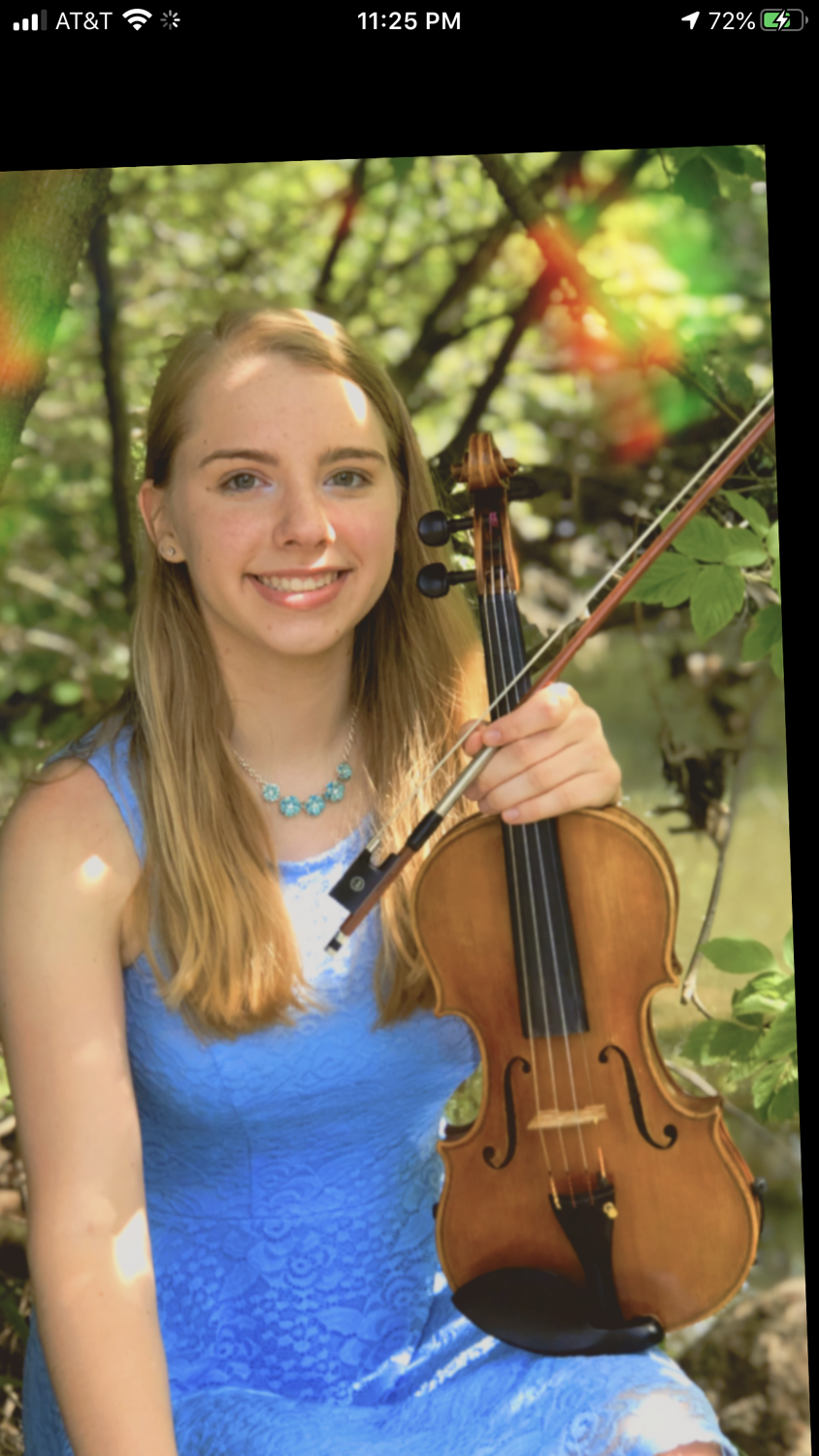All For Strings - A String Method Book Analysis
- Emily Zwijack

- Nov 29, 2023
- 2 min read
The following video is my presentation on the All For Strings Method Book. I chose this string method book to analyze and present on at the end of the semester of instrumental methods. I learned from Essential Elements, so this book was a great choice for research. There are 3 volumes total and it was published in 2008. The instructional design is very professional and represents all 4 string instruments on the cover. The brown and gold color are very professional but attracting to the eye. The books include a music theory chart, glossary, posture pictures, and a care to the instrument page, fostering independent practice. They provide step by step instructions and photos for different types of explanations and different types of learners. Music literacy is prioritized very early on, only using rote instruction for the first 8 pages and quickly reaching standard notation. New concepts are introduced heavily in the first book and less on in the 2nd and 3rd books as the material becomes more challenging. cellists and bassists learn shifting first and the violins and violas follow shortly after with 3rd position and then 2nd position. The musical content consists of Suzuki songs, famous classical works, seasonal/holiday tunes, and folk songs. This methods book highly prioritizes music literacy and even has a music theory workbook on the side.
The time and effort applied in my analysis and presentation this semester has helped me gain a better understanding on string method book content. I studied how All For Strings introduces concepts and when. I mostly covered the violin book in my presentation, but my analysis involved looking at all 4 of the stringed instruments. I include musical examples and connections to the national standards (NAfME). My analysis and presentation demonstrates my content knowledge in the 3 volumes of All for Strings.





Comments